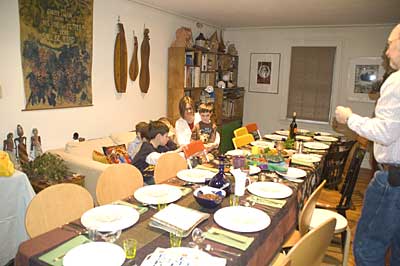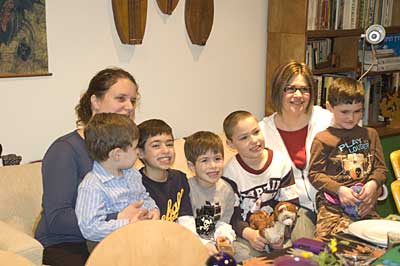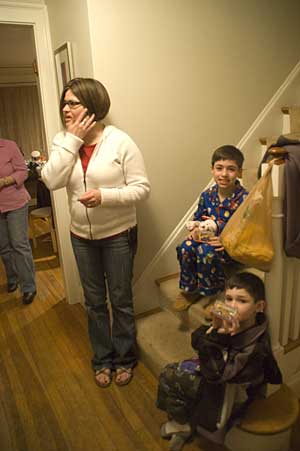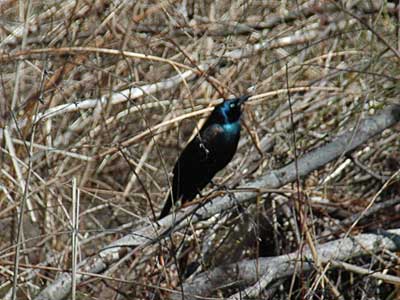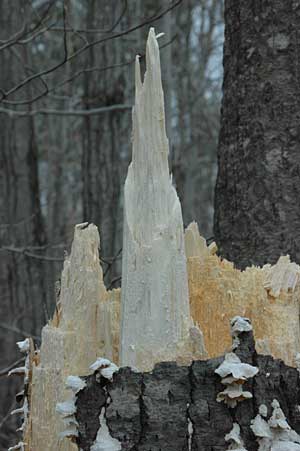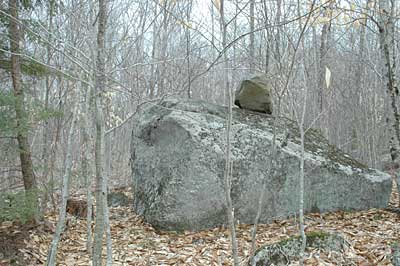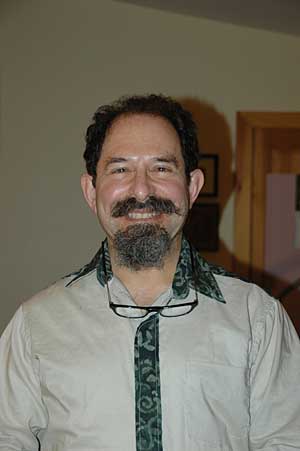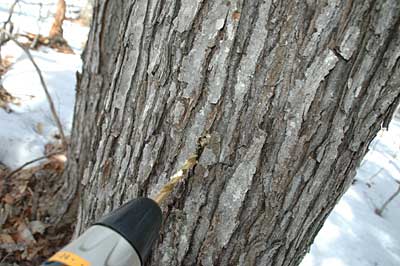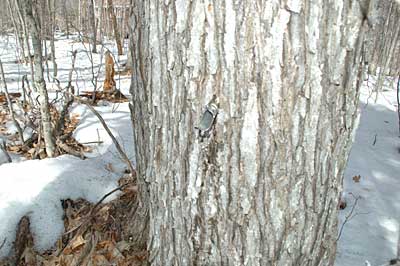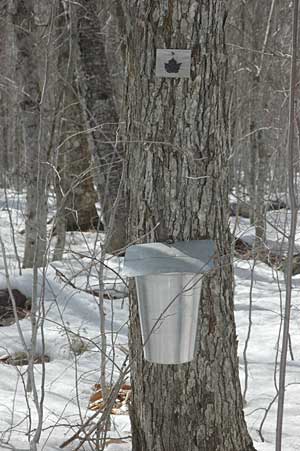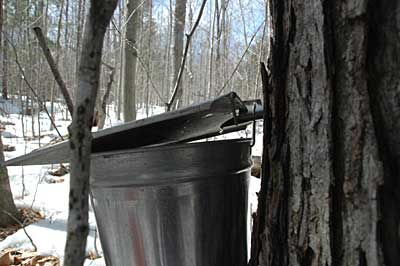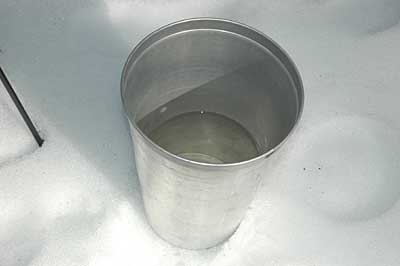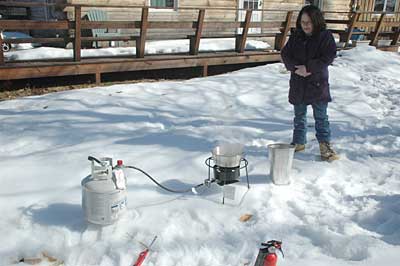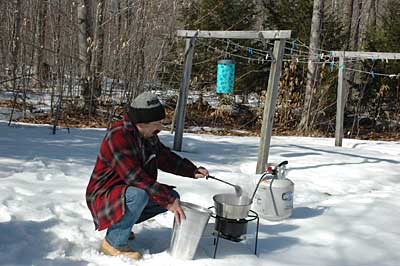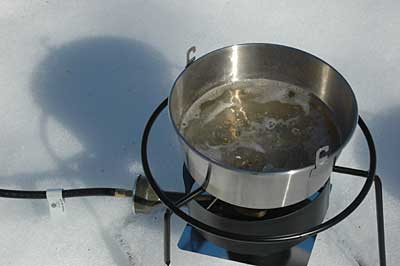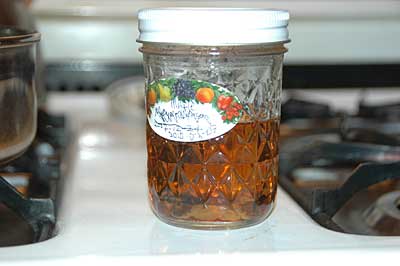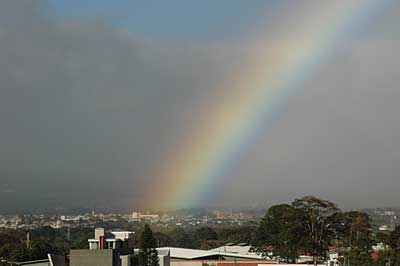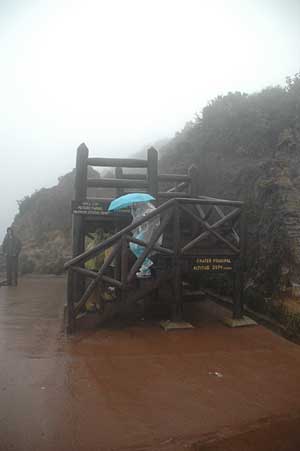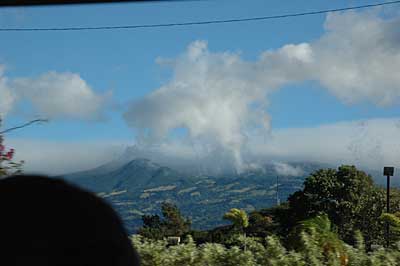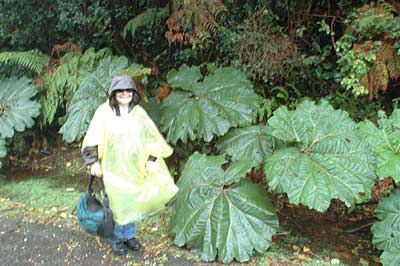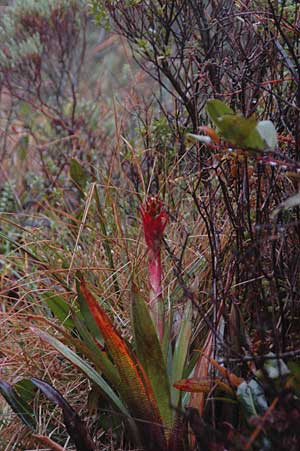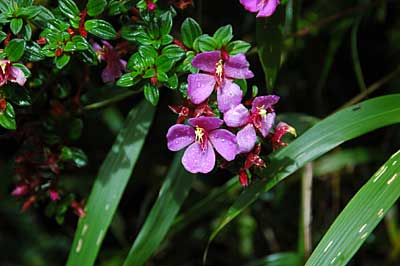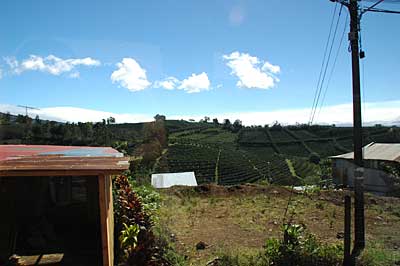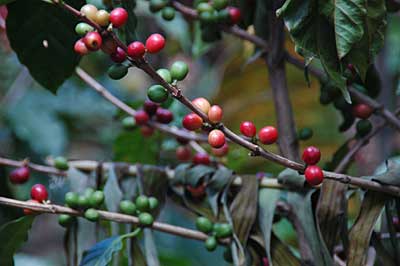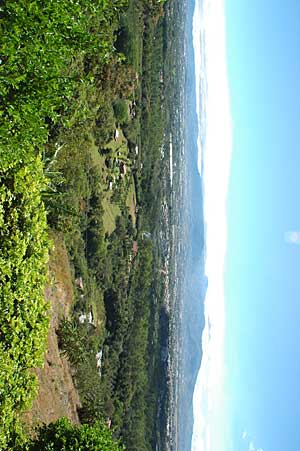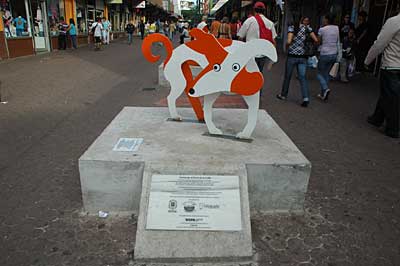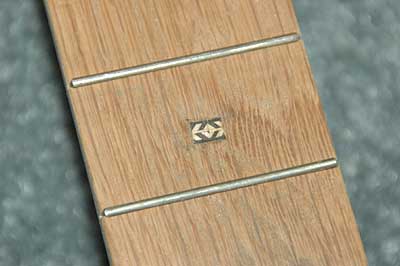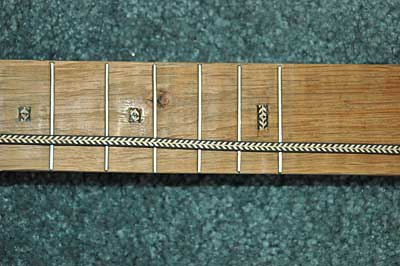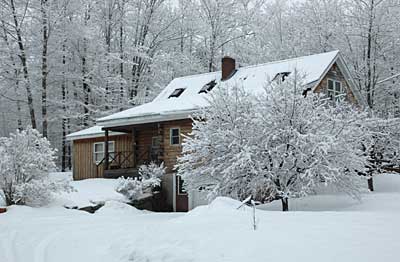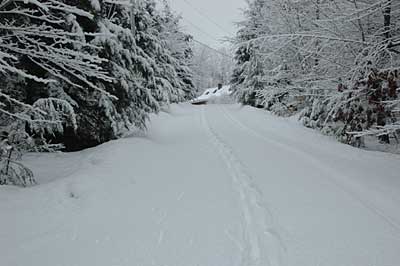We started out Memorial Day weekend by heading south, to Skyview Acres in Pomona, New York (Rockland County — on the west side of the Tappan Zee Bridge). There was a gathering there for the dedication of a plaque in memory of my mom’s cousin Irving Wolfe, who had died last year at the age of 96.
We left Newton in the early afternoon Saturday and went to my aunt Mimi’s house in Mamaroneck. It was the first time I used cruise control on our new car (did I mention (no of course not, I haven’t posted anything in months) that we got a new car, a 2010 Subaru Forester with a sun roof and a radio that tells you what song is playing, if the station chooses to let you know). We had a quiet evening visiting with them and watching the National Geographic channel in their den (their living room is really too big for just four people).
On Sunday, after a big leisurely breakfast, because in a house with two people in their 80s everything goes at a pace that seems leisurely to the likes of us, even though everything in our house goes at a pace that seems leisurely to Matt and Anne, now where was I, around noon we left for Wolfe Field at Skyview Acres. In between breakfast and leaving I was looking through some books, a photo book about Texas cowboys for no good reason, and Hemingway’s A Moveable Feast because it was there and I have never read much of anything by Hemingway. Holy smokes, that guy could write. I should know that, of course, but as I said, I have never read much of anything by him and didn’t really know. That book is about when he was living in Paris in the 1920s, hanging around with Gertrude Stein and F. Scott Fitzgerald and other people who are now big names but were just his friends when he was struggling to sell stories to magazines and Fitzgerald was having trouble finding a publisher for Gatsby.
At any rate, with some help from our GPS we got to Skyview Acres well before the event was supposed to start. Joe Ziner, one of Evelyn’s nephews, and don’t think “nephew” means he’s under 50 because he isn’t, had brought a softball and some mitts, and after several minutes of chatting with everyone we recognized he and I started playing catch. I don’t think I had thrown and caught a softball in the past ten years, but I did remember how. It was more surprising given that it was a mitt for the left hand, that is, for a right-handed person, so I had to throw with my right arm. I didn’t even try to throw overhand, but underhanded I had adequate distance and control. It must come from juggling.
I should tell you, because I did tell Joe, that when I think of Irving and throwing things I have to remember that one day Irv and I were throwing snowballs at my family’s house in Lexington (so this was between 1955 and ’59) Irv hit me in the nuts with a snowball. Of course it was accidental, and no hard feelings, but it’s not something you forget.
Joe had also brought his fiddle and a guitar. He got out his violin and asked me if I happened to play guitar. I haven’t in about 20 years; when I started playing with the klezmer band I concentrated on brass; but I said I used to and would try to strum a few chords with him. I’m not 100% sure I added rather than detracted from the sound, but it was fun anyway.
